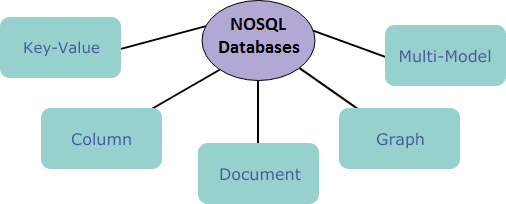Introduction to NoSQL
Introduction to NoSQL Databases
Big data is revolutionizing the world
About 80% of data is unstructured, that cannot be handled in real-time and cannot be stored over RDBM.
Hence NoSQL DataBase comes into existence.
NoSQL that stands for “Not Only SQL” is an alternative to traditional RDBM in which data is been stored in tables & data Schema is carefully designed before the database is built.
NoSQL can be also process structured storage so you can say that SQL or the RDBM is subset of NoSQL DataBase.
Moreover, it consists of different kinds of databases where different databases are used for storing a different variety of datasets.
Need for NoSQL:
Compared to SQL database NOSQL is more Scalable and provides superior performance.
- Capable of running a larger number of nodes
- Non-Locking Concurrency Mechanism
- Scalable Replication & Distribution
- Schema-less data model
Types of NoSQL Databases:

- Key-Value Storage: Stores the dataset in key and value format consisting of big hash table of keys and values.
- Ex) Amazon DynamoDB
- Column Based Store: In this case, each storage block contains data from only one column.
- Ex) Cassandra, HBase
- Document-Based Storage: It stores up a document where data made of tag elements.
- Ex) MongoDB, CouchDB
- Graph-Based Storage: In this case, a network database uses edges and nodes to represent and store the data.
- Ex) Neo4G
0
0
Popular Tags:
and Examples
Introduction to NoSQL Databases Introduction to NoSQL | SQL
NoSQL Tutorial: What is
Types
Types of NoSQL Databases & Example
What Is NoSQL? Features
What Is NoSQL? NoSQL Databases Explained






